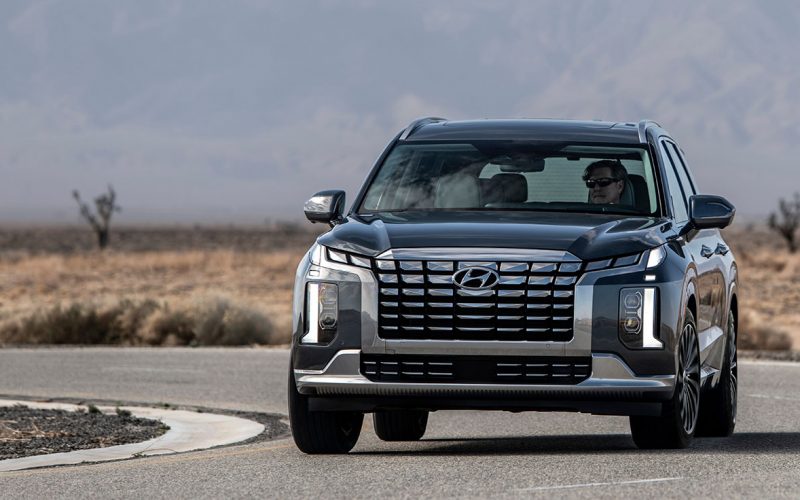
Reading Time: 8 minutesAfter three years in the Canadian auto market, the Hyundai Palisade will get a refresh for
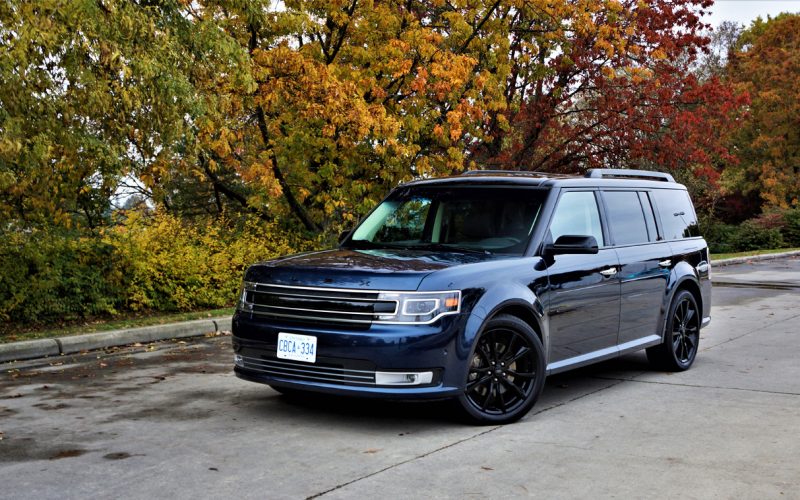
Reading Time: 13 minutesFYI, there are fewer new Ford Flex SUVs still available for sale than I had initially
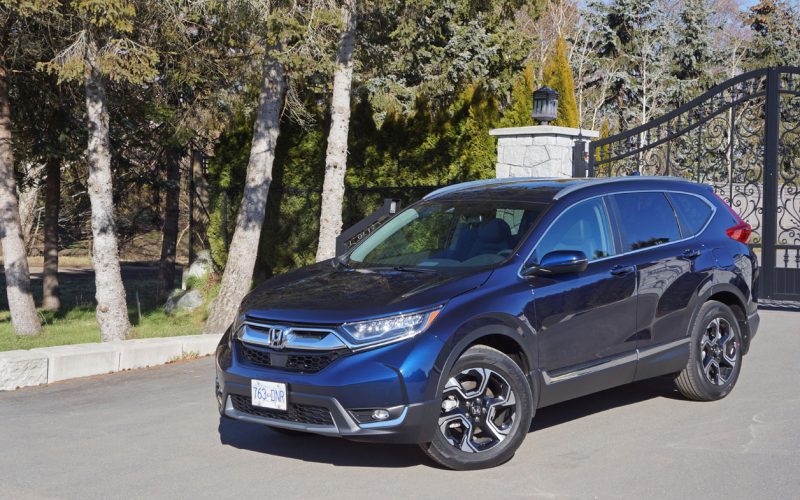
Reading Time: 14 minutesWhat’s the best-selling SUV in Canada? It’s not the Honda CR-V, but falling short by only
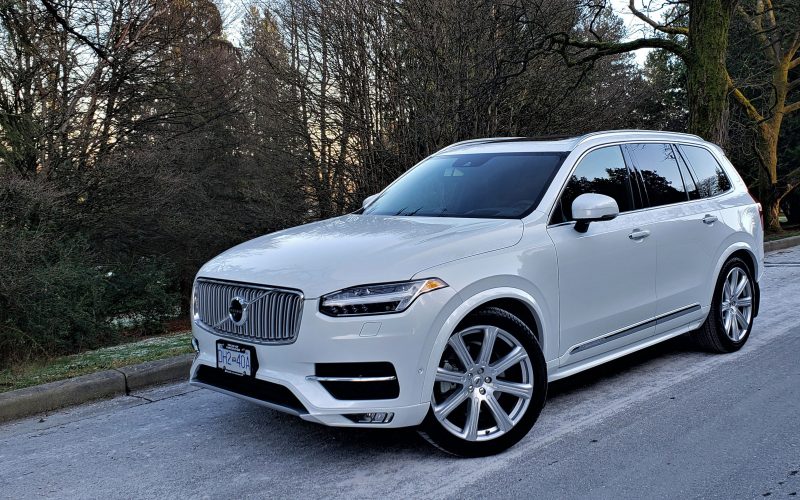
Reading Time: 10 minutesDespite being well into its fourth model year, you’ll have a hard time finding a more
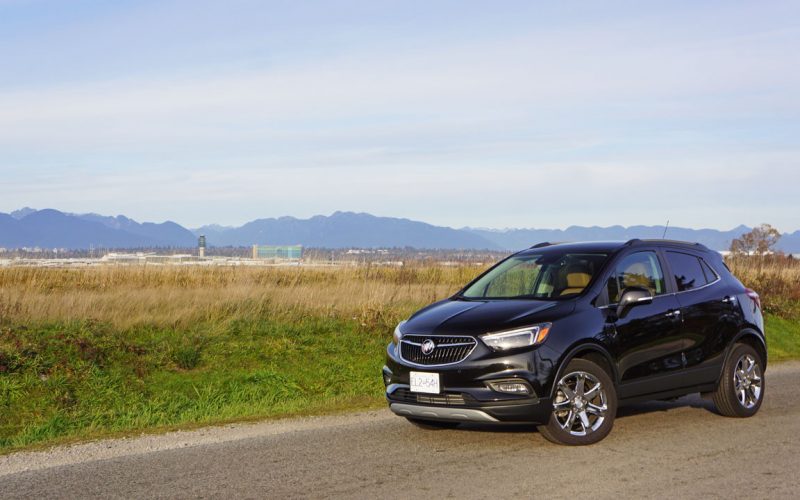
Reading Time: 12 minutesBuick might be the world’s most global brand. Yes, Buick, General Motors’ problem child that only
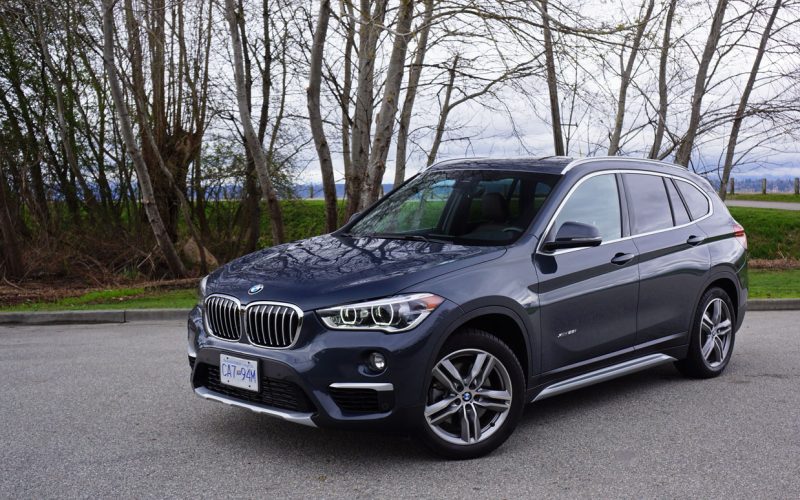
Reading Time: 11 minutesBMW’s X1 was the very first subcompact luxury crossover SUV ever produced, having arrived on the
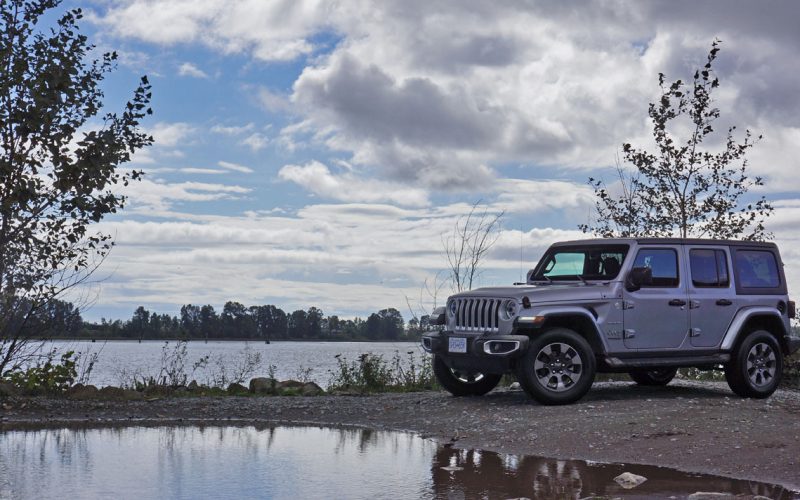
Reading Time: 13 minutesYou’d be forgiven for not noticing, but Jeep completely overhauled its Wrangler two years ago for
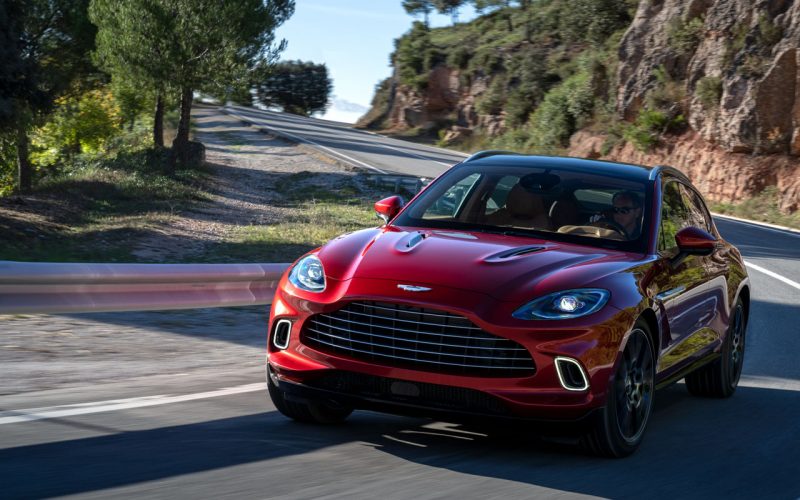
Reading Time: 10 minutesWe’ve long known Aston Martin would eventually provide ultra-luxury SUV buyers with something to step up
© 2025 The Car Magazine. All Rights Reserved, Privacy Policy | Terms of Use